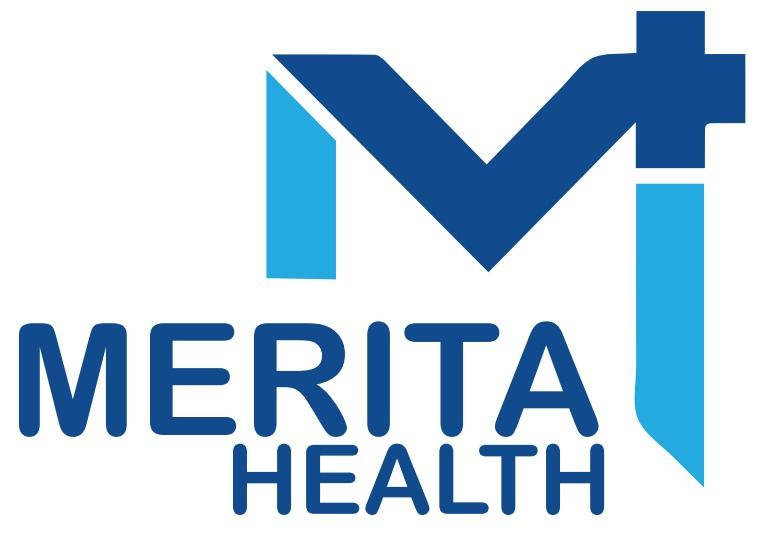Common Medical Myths and the Science Behind Them
Medical myths have been passed down for generations, shaping the way we think about health and wellness. However, science has debunked many of these misconceptions. In this blog, we’ll explore some of the most common medical myths and reveal the truth behind them.
1. You Should Drink 8 Glasses of Water a Day
Myth:Everyone needs exactly eight glasses of water daily for good health.
Fact:The amount of water needed varies based on individual factors like activity level, climate, and diet. Many foods, such as fruits and vegetables, contribute to daily hydration. Your body’s thirst mechanism is usually a reliable indicator of hydration needs.
2. Cold Weather Causes the Common Cold
Myth:Exposure to cold air makes you catch a cold.
Fact: Colds are caused by viruses, not cold temperatures. However, people tend to stay indoors more during colder months, increasing the risk of virus transmission due to close contact with others.
3. You Can "Sweat Out" a Fever
Myth: Wrapping yourself in blankets and sweating will speed up fever recovery.
Fact:A fever is the body's natural response to infection, helping to fight off bacteria and viruses. While staying warm is important, excessive sweating can lead to dehydration. Staying hydrated and getting rest are more effective strategies.
4. Eating Carrots Significantly Improves Eyesight
Myth: Eating lots of carrots will give you perfect vision.
Fact:Carrots contain vitamin A, which is essential for eye health, but they won’t dramatically improve eyesight. This myth originated from World War II propaganda to mislead enemies about radar technology.
5. Cracking Your Knuckles Causes Arthritis
Myth:Knuckle cracking leads to arthritis in the hands.
Fact:Studies have shown no link between knuckle cracking and arthritis. The popping sound comes from gas bubbles collapsing in joint fluid. While excessive cracking may weaken grip strength over time, it doesn’t cause arthritis.
6. Antibiotics Cure Viruses
Myth: Taking antibiotics helps treat viral infections like the flu or common cold.
Fact:Antibiotics only work against bacterial infections. Taking them unnecessarily contributes to antibiotic resistance, making bacterial infections harder to treat in the future.
7. Sugar Makes Kids Hyperactive
Myth:Consuming sugar causes hyperactivity in children.
Fact:Scientific studies have found no direct link between sugar intake and hyperactivity. Often, children are more excited in environments where sugary foods are served, such as birthday parties, which may be mistaken for a sugar rush.
8. Tilt Your Head Back to Stop a Nosebleed
Myth:Leaning back helps stop a nosebleed.
Fact:Tilting your head back can cause blood to flow down your throat, leading to choking or nausea. Instead, lean slightly forward and pinch your nostrils for 5-10 minutes while breathing through your mouth.
9. Shaving Makes Hair Grow Back Thicker and Darker
Myth: Shaving causes hair to grow back coarser and darker.
Fact:Shaving only removes hair at the surface. When hair regrows, it may feel rougher due to the blunt edge of the cut hair, but its thickness and color remain unchanged.
10. Sitting Too Close to the TV Ruins Your Eyesight
Myth: Watching TV up close damages your eyes permanently.
Fact:While staring at screens for long periods can cause eye strain, it does not lead to permanent vision loss. The best way to reduce strain is by following the 20-20-20 rule: every 20 minutes, look at something 20 feet away for 20 seconds.
Conclusion
Medical myths can be misleading, often influencing our health decisions unnecessarily. Understanding the science behind these myths helps us make better choices and avoid unnecessary worries. Always seek medical advice from healthcare professionals rather than relying on common misconceptions.
Have you heard any other medical myths? Share them in the comments below, and let’s debunk them together!v

